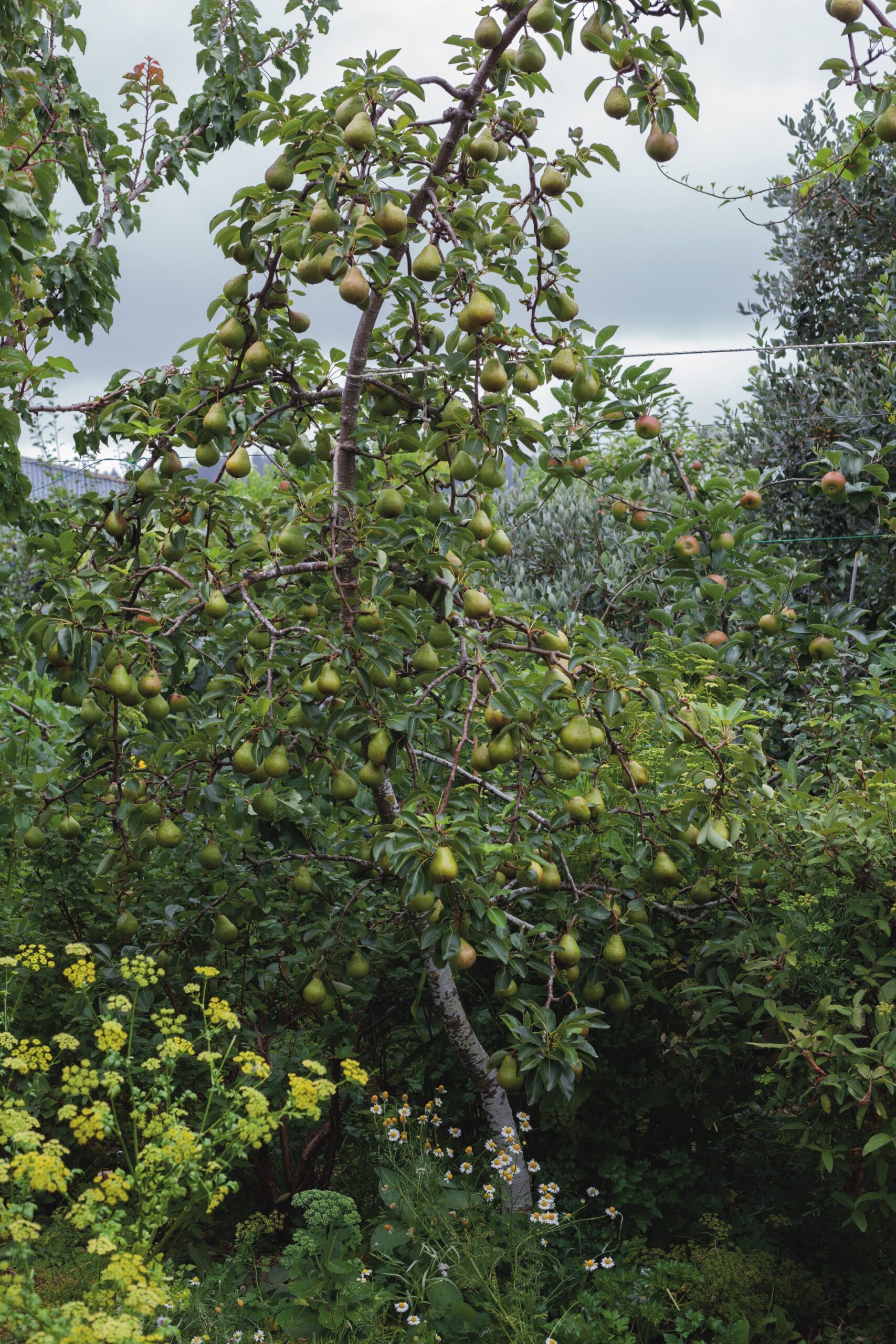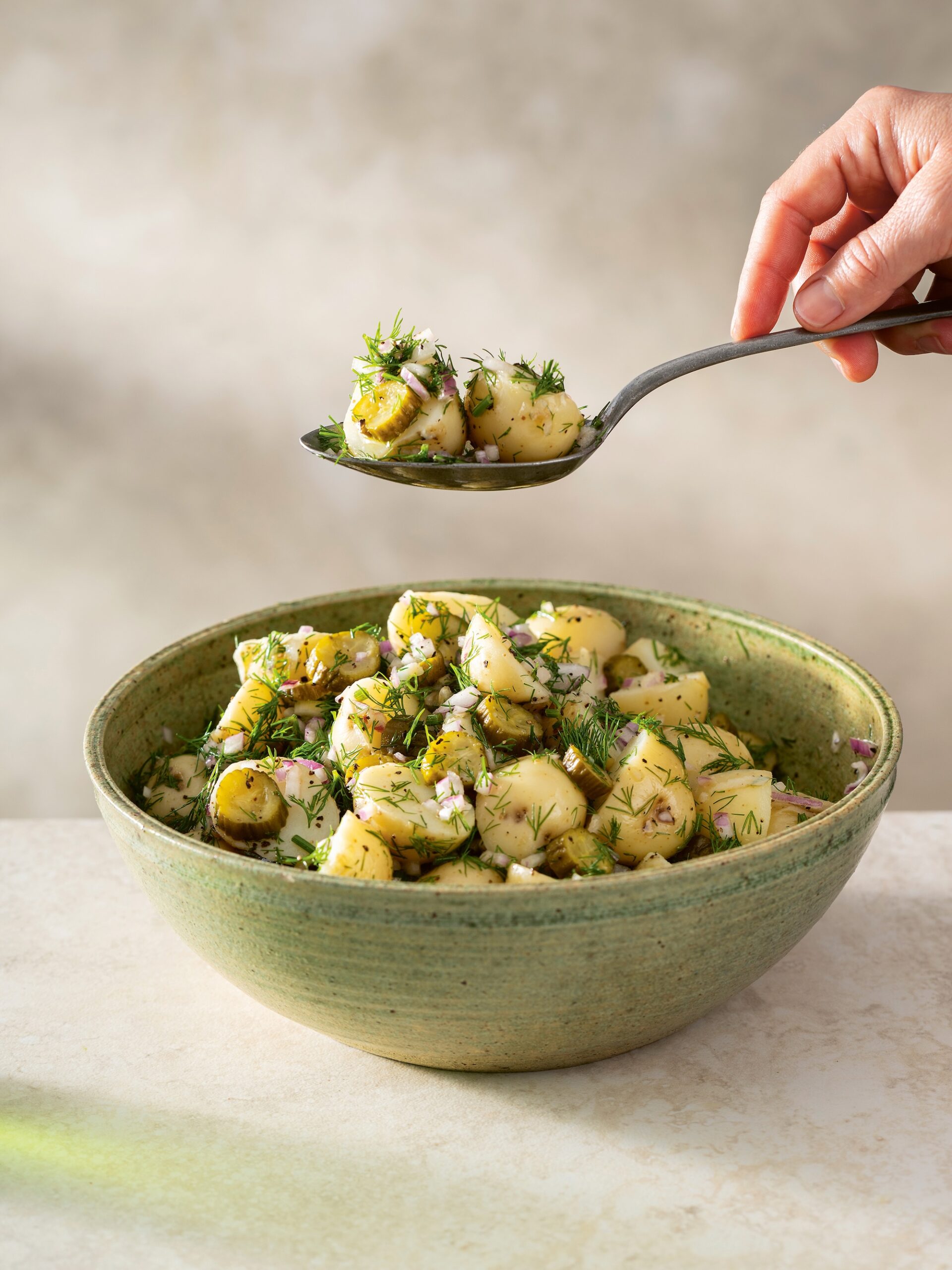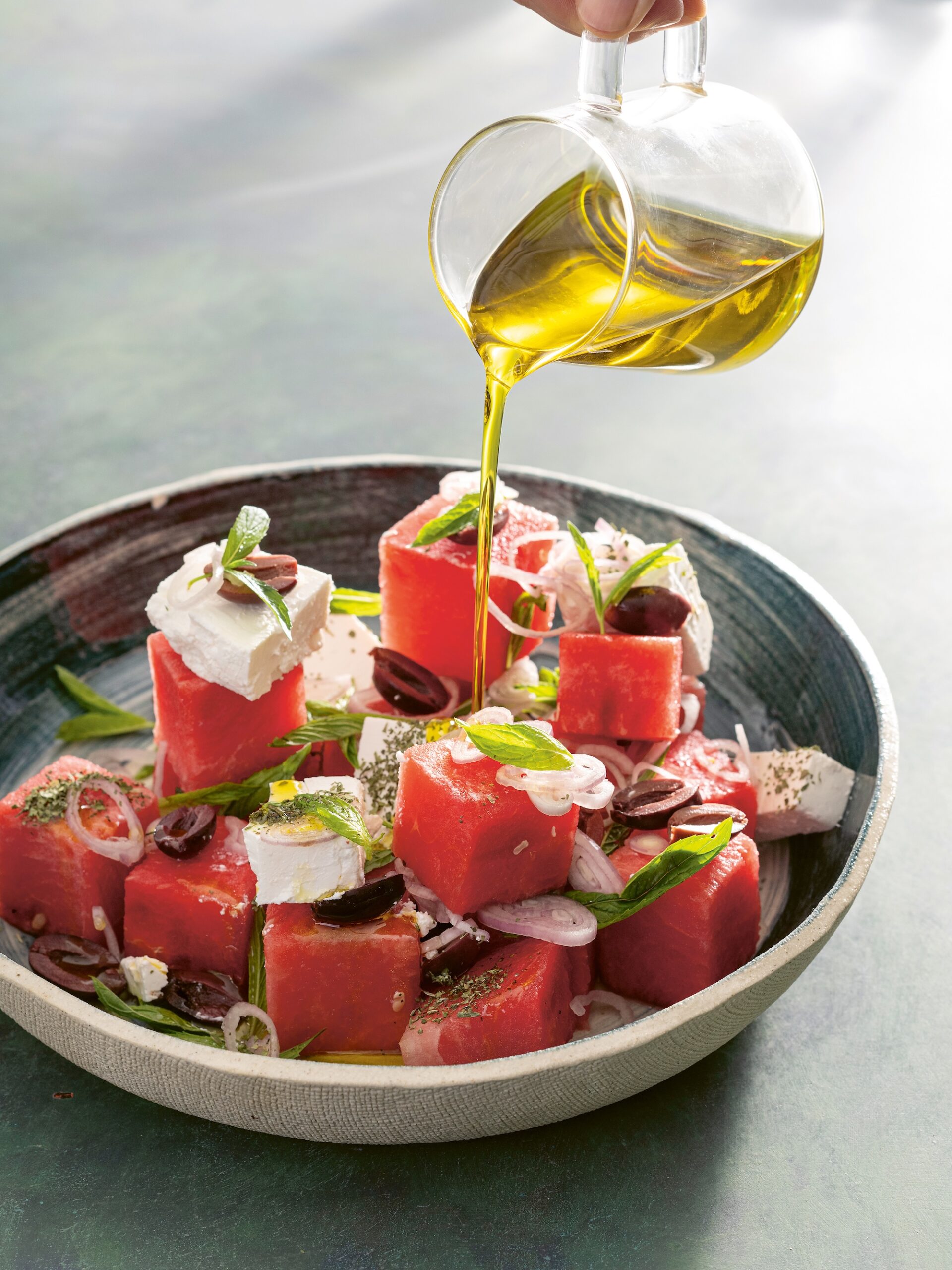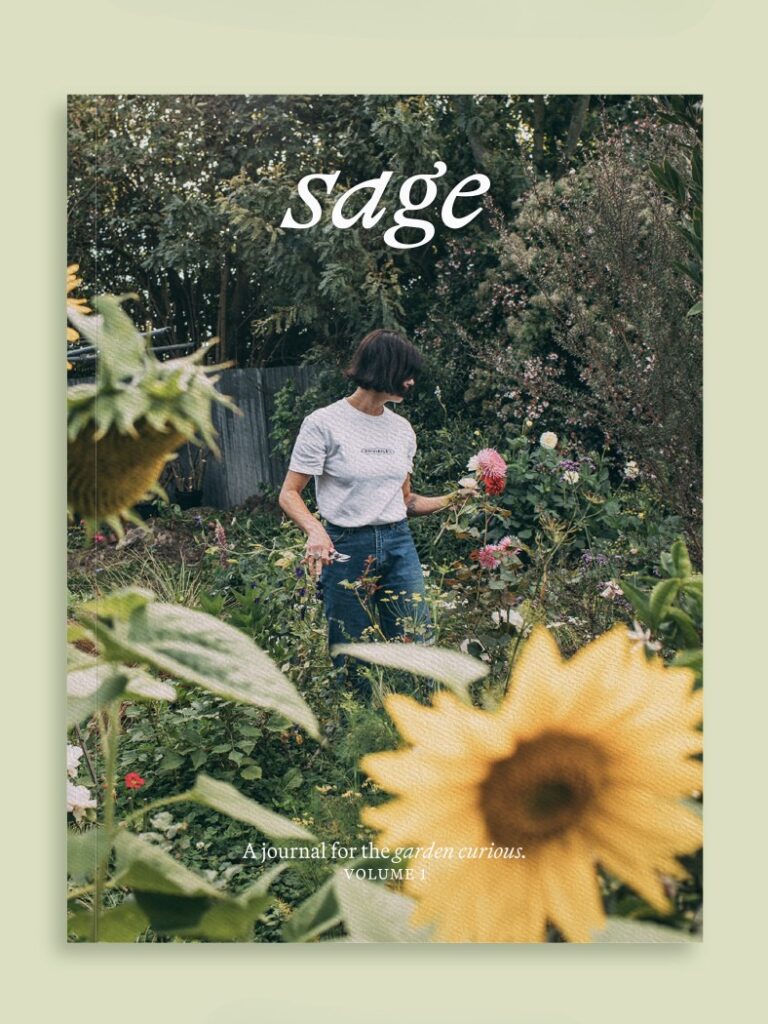Your cart is currently empty!
Case Studies | A story of plant travel
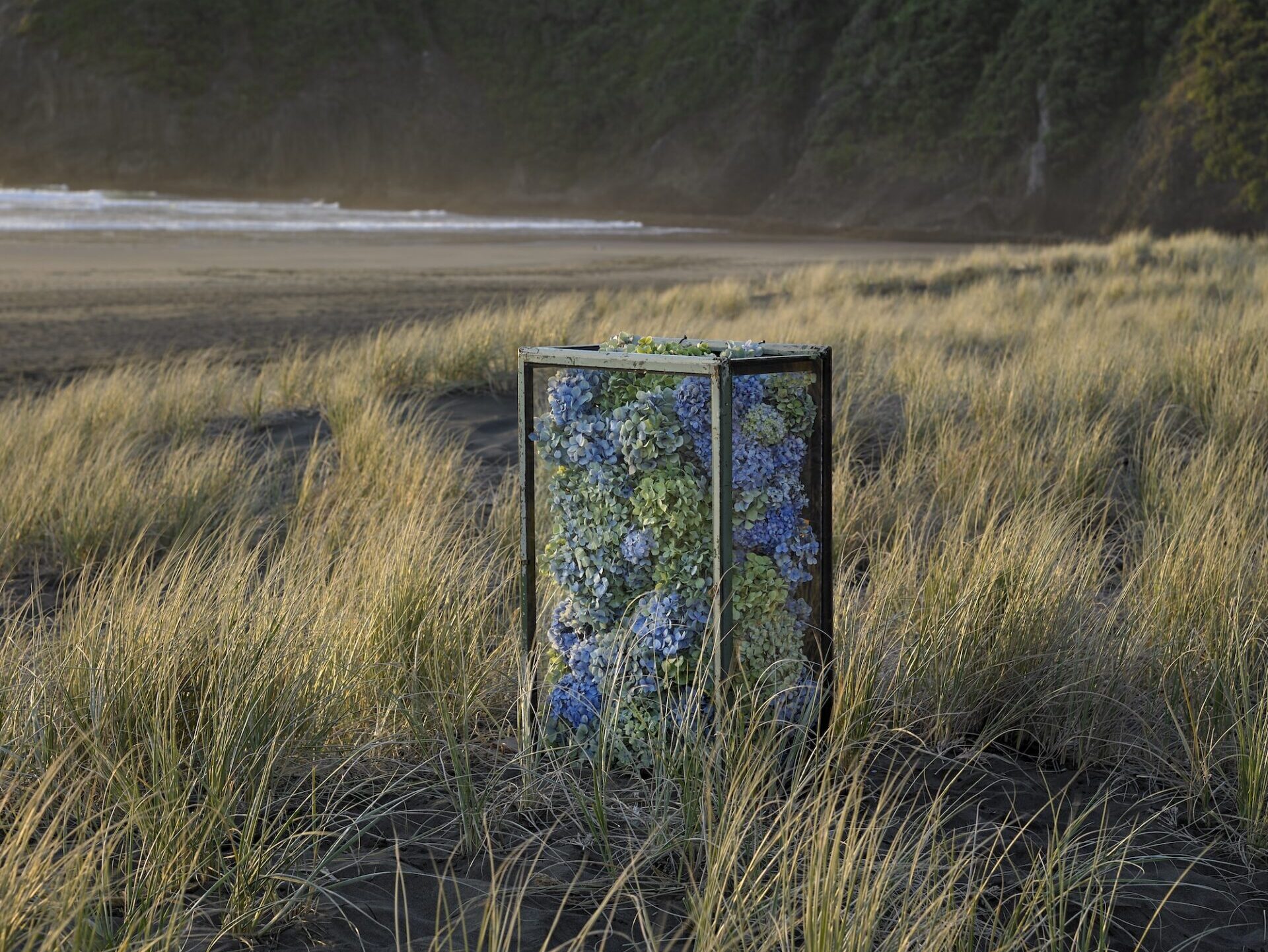
Case Studies | A story of plant travel
— Case Studies: A Story of Plant Travel by Felicity Jones and Mark Smith is a book that, through striking photography and reflective essays, reminds us that our values and choices shape the land beneath our feet.
First featured in Sage Vol. 1
The transport of living plants was transformed in 1829 when London physician Dr Nathanial Bagshaw Ward sealed a plant inside a glass container. Until then, most plants perished on long sea journeys, but Nathanial’s simple, successful experiment changed how plants were carried across the world, reshaping gardens and ecosystems everywhere.
Felicity Jones and Mark Smith’s Case Studies: A story of plant travel traces that history through striking contemporary photographs of cased plants and reflective essays. The book explores the scientific and colonial ambitions behind botanical exchange, and its consequences: ecological disruption, invasive species and the marginalisation of indigenous knowledge systems.
It’s a reminder of the values and choices that continue to shape the land beneath our feet.
–
The following is an excerpt from Case Studies: A Story of Plant Travel by Felicity Jones and Mark Smith, published by Massey University Press. RRP $85, on sale October 2025
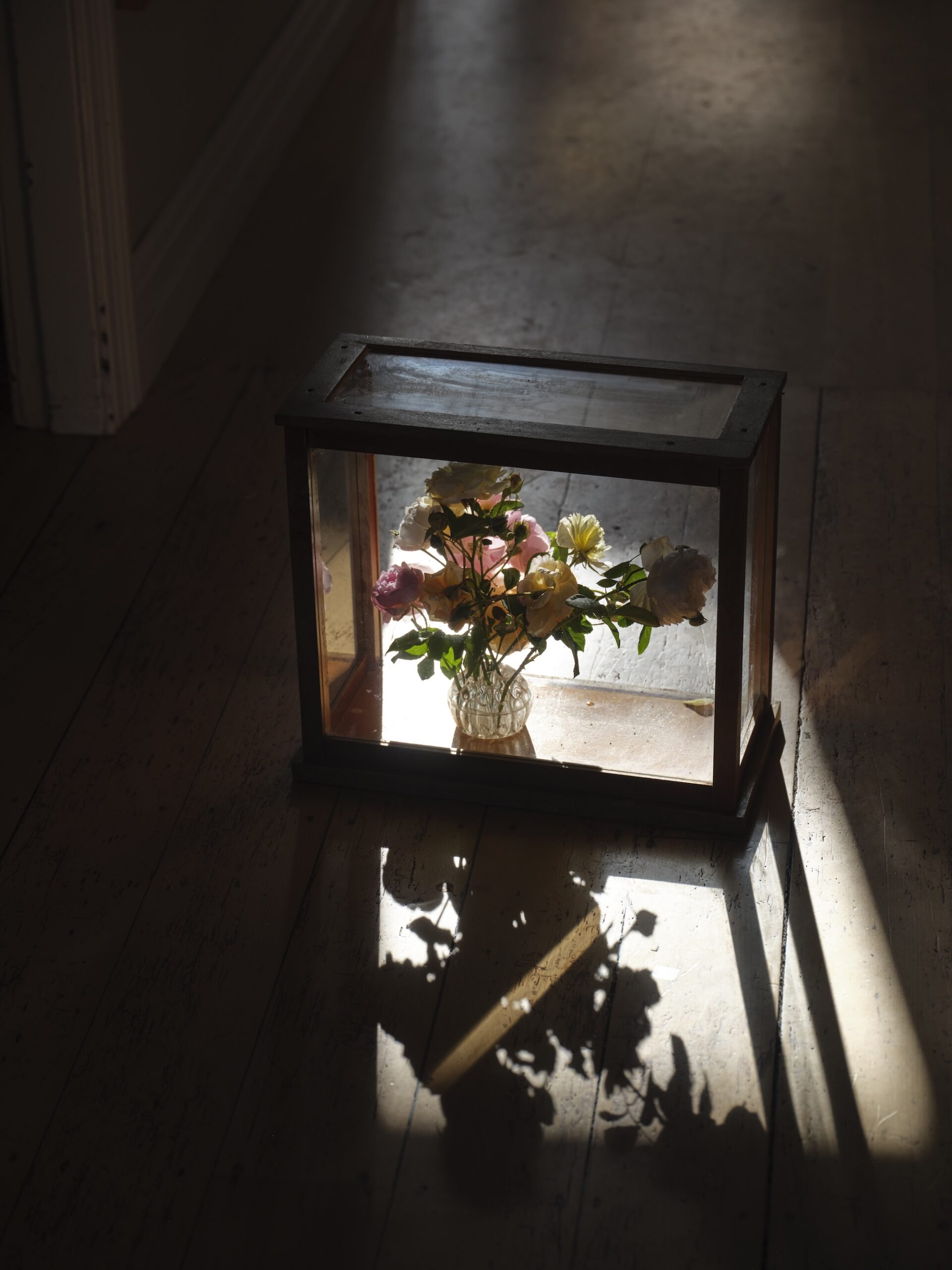
Roses, Grey Lynn, Auckland, 2025
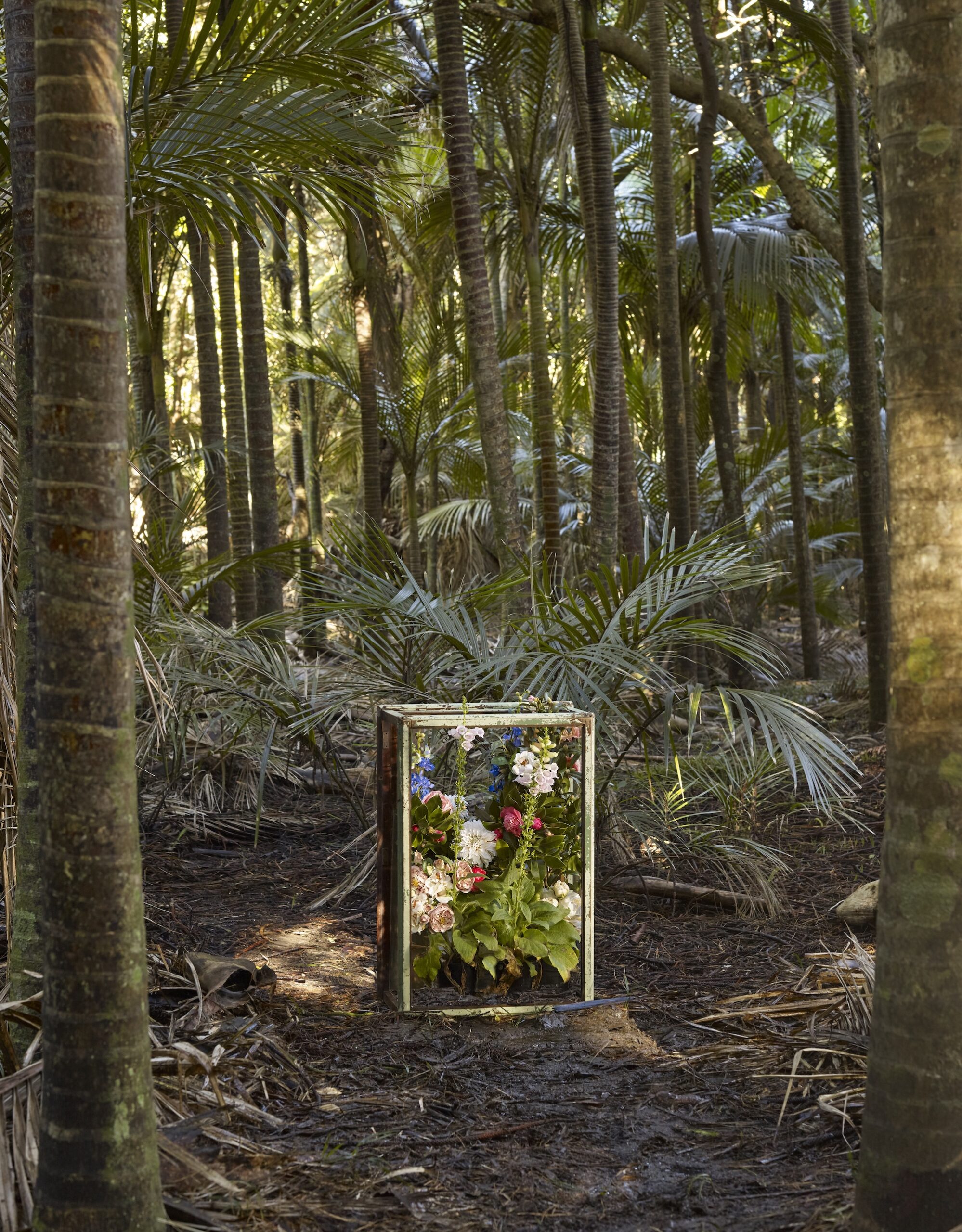
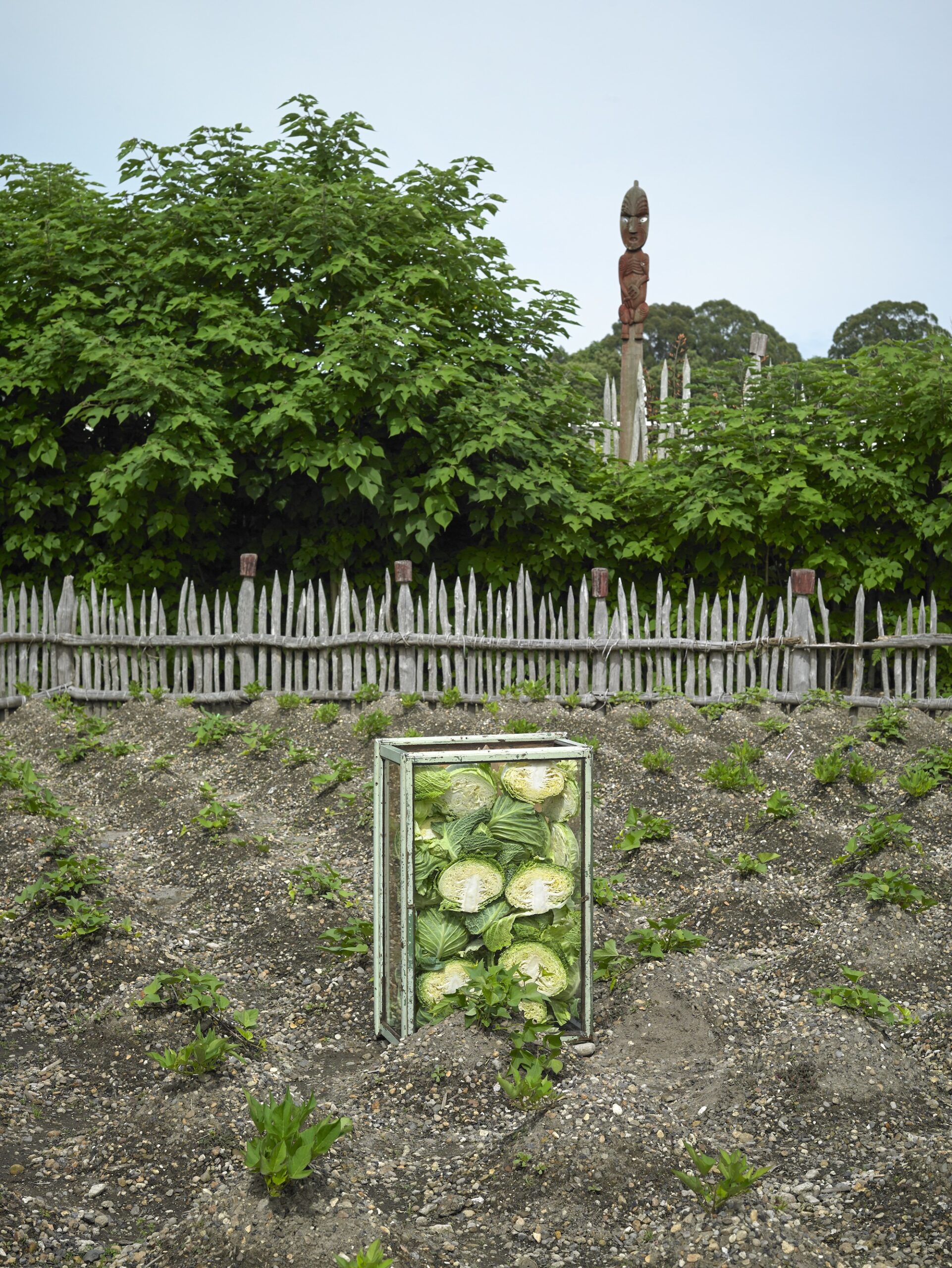
Kūmara and Cabbage, Te Parapara, Hamilton Gardens, 2019
The Polynesian ancestors of Māori had to adapt their growing techniques to suit the cooler climate of their new home, and as the first gardeners of Aotearoa they also introduced exotic plants. One of the most successful of these was kūmara (Ipomoea batatas) or sweet potato, which was introduced in around the thirteenth century. The kūmara plot at Te Parapara within Hamilton Gardens is a beautiful showcase of these adaptations. We added to this story with a much later European introduction, the humble cabbage, Brassica oleracea var. capitata. FJ
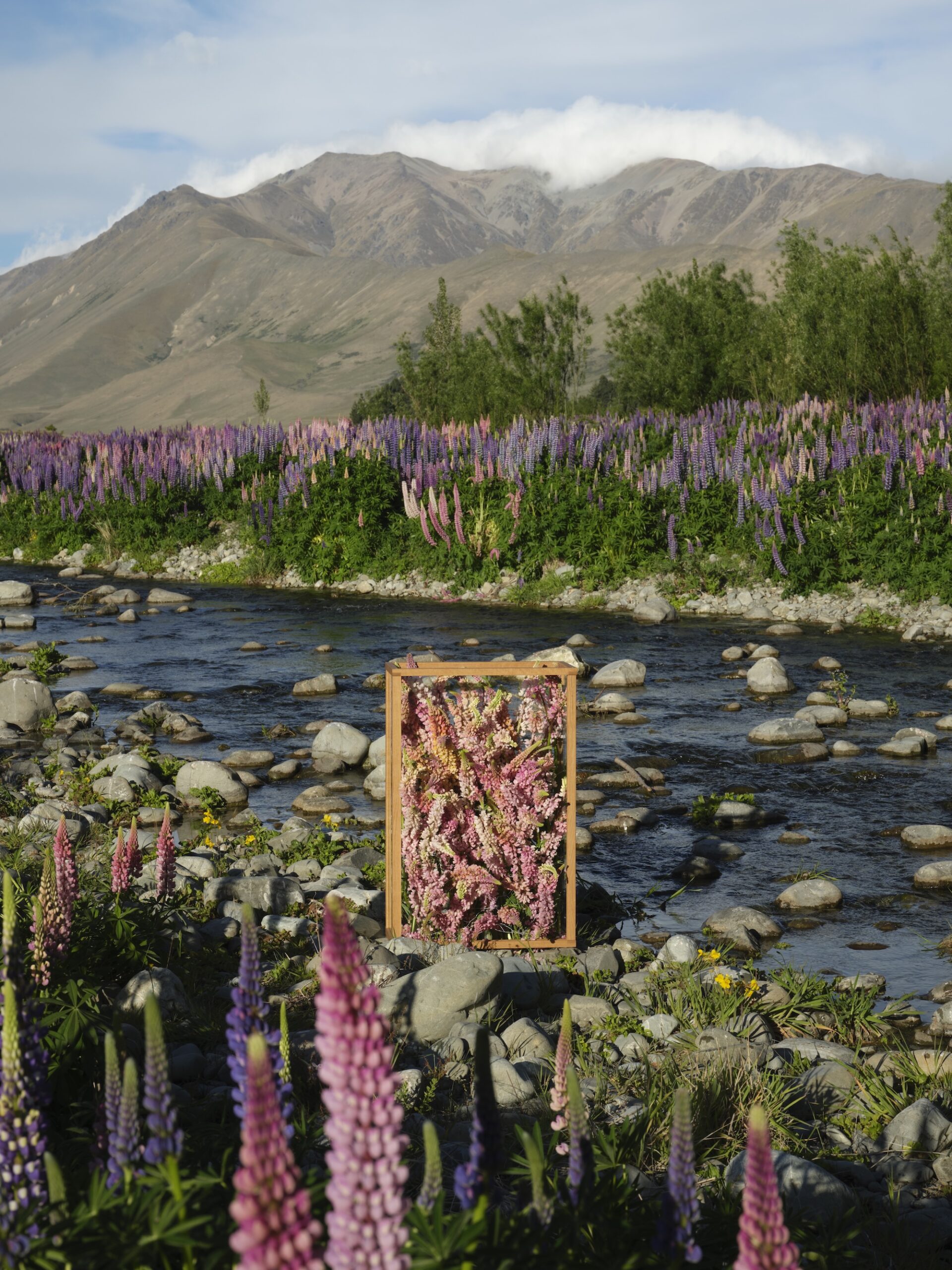
Lupins, Burkes Pass, Canterbury 2020
We drive past the gravesite of Connie Scott — widely known as The Lupin Lady — who, in 1949, bought thousands of lupin seeds (hiding the bill from her husband) and scattered them between Burkes Pass and Tekapo, ‘to brighten up the bare landscape’. Little did she know the controversy they were to cause. The lupins (Lupinus polyphyllus) have become highly invasive, crowding out wading birds, dotterels, terns and the endangered black stilt in stony riverbeds and providing great cover for stoats and feral cats.
The Department of Conservation would like to eradicate them but many farmers swear by them, saying they enrich the soil by fixing atmospheric nitrogen, provide nutrient-rich cattle feed and help to stabilise riverbeds. MS
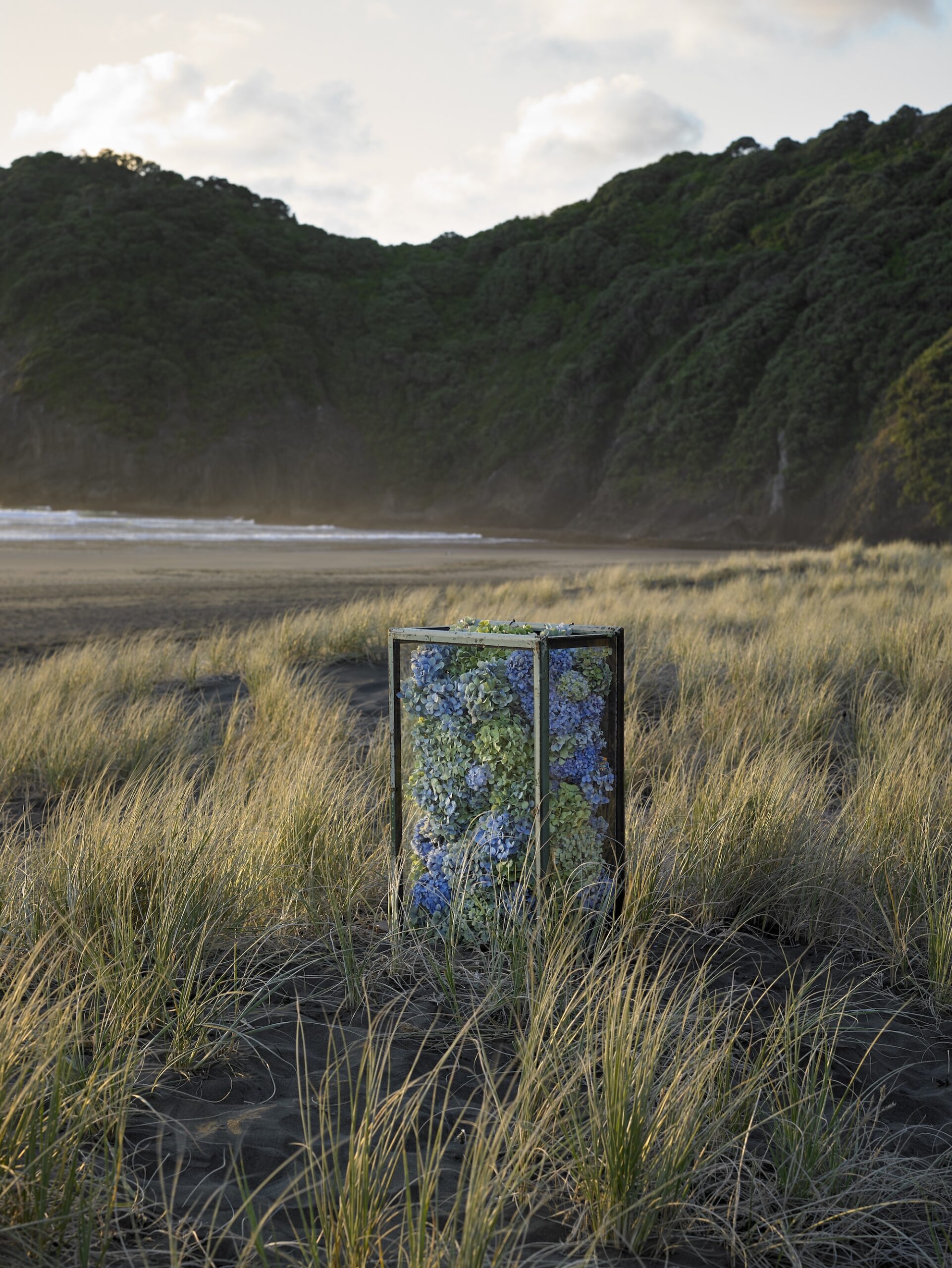
—
A book for all who love plants and their stories.
The transport of living plant material was transformed in 1829 when Dr Nathanial Ward (1791–1868) experimented with a form of terrarium, a sealed protective container for plants. It found great use in the 19th century in protecting foreign plants imported to Europe from overseas. Until then the great majority of plants had died from exposure during long sea journeys, frustrating the many scientific and amateur botanists of the time.
Case Studies is a stunning book that showcases astounding images of some of these plants, both in New Zealand and in the UK, alongside a series of guest essays which tell the story of the remarkable transfer of plant material between the hemispheres. The essays also touch on issues such as ecological disruption, indigenous sovereignty over plants, matauranga Māori, conservation, eradication of weed species and more.
With an opening essay by distinguished writer Gregory O’Brien, this is a book for all who love plants, science and the natural world.
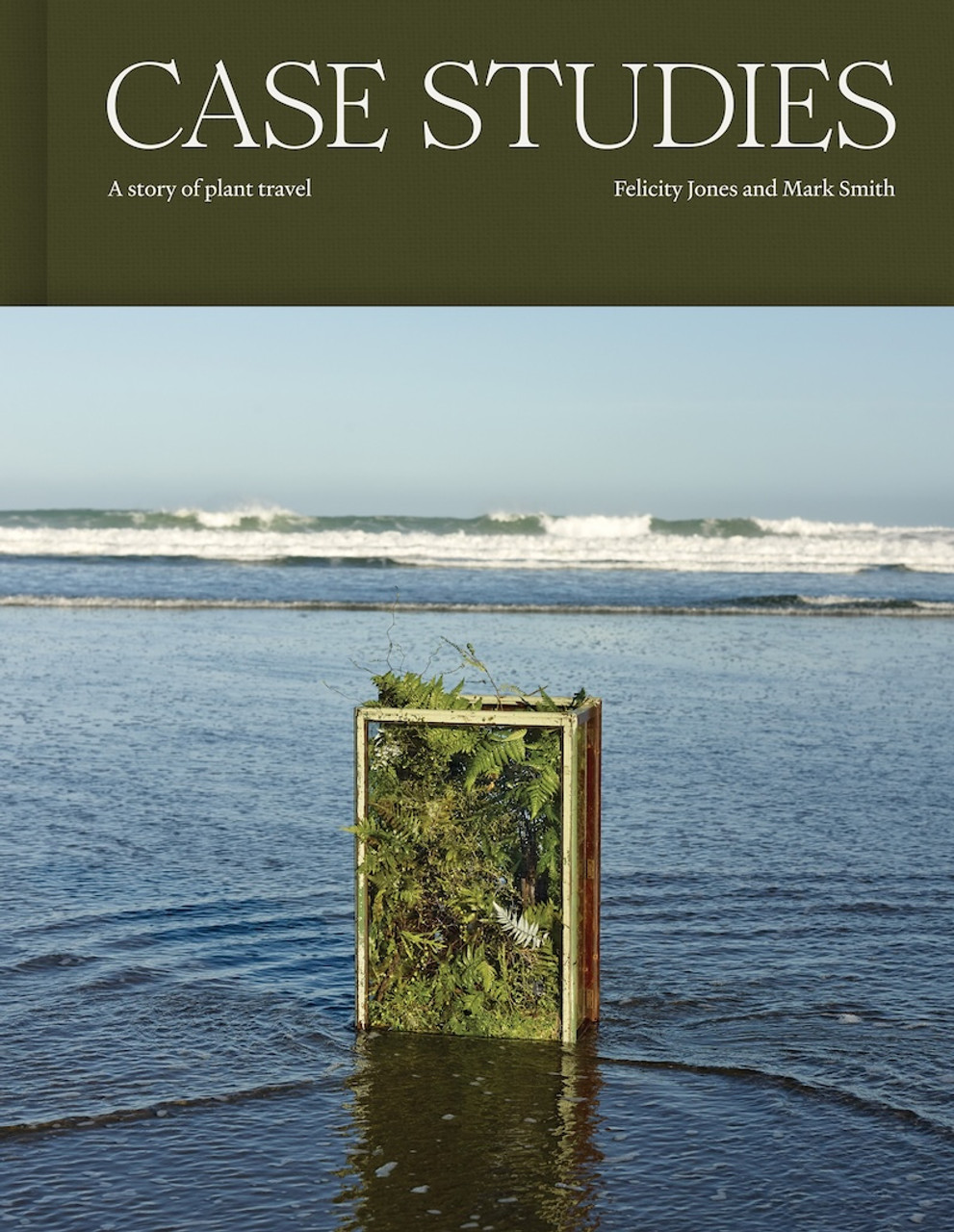
Case studies: A story of plant travel by Felicity Jones and Mark Smith
This is an excerpt from Case Studies: A story of plant travel by Felicity Jones and Mark Smith, published by Massey University Press. RRP $85, on sale October 2025
Buy Now
